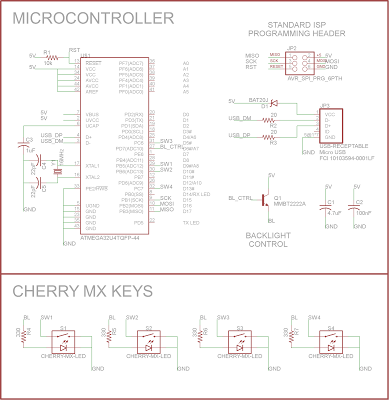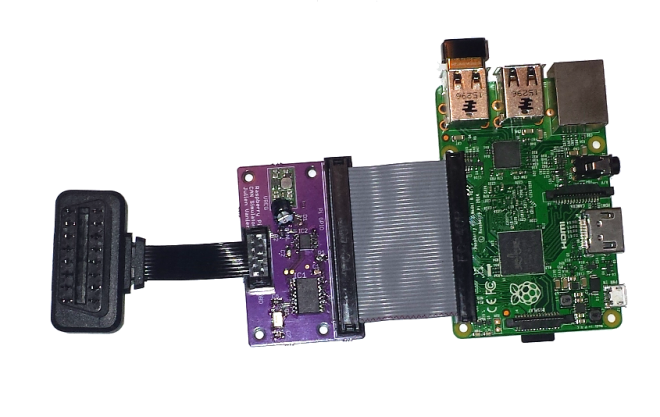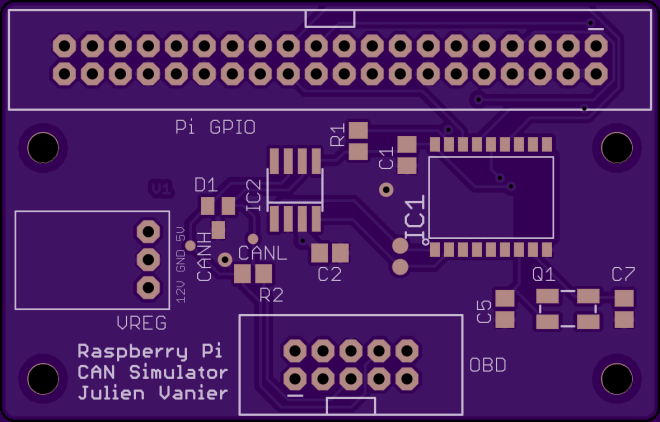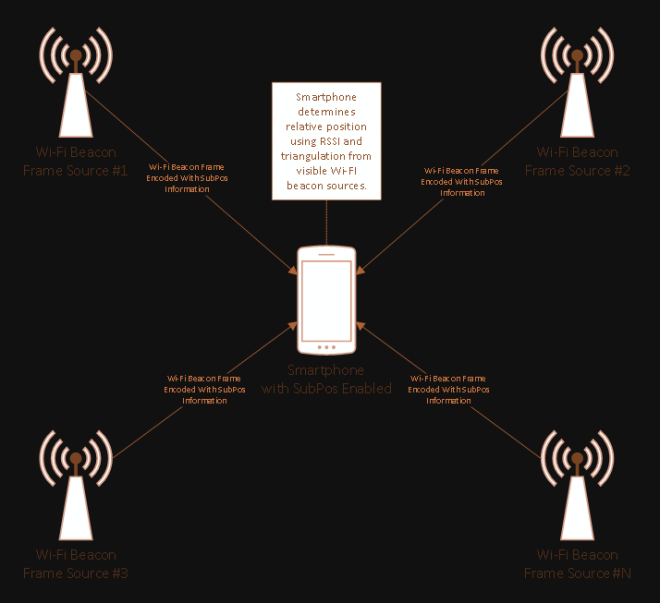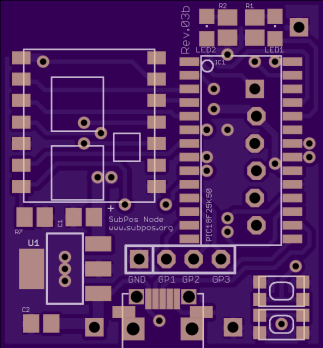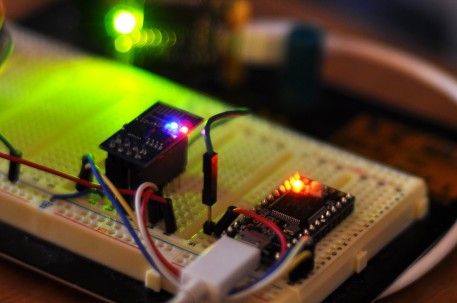
Continuing with our goal to simplify Open Source Hardware fabrication, we’re very pleased announce that we’re finally able to accept direct uploads of KiCad PCB design files on OSH Park!
For designers, this means that you can place an order without going through the plot process, worrying about drill formats, or fiddling with CAM settings.
For the community, this means ordering files designed with KiCad got a lot easier. Now there’s no need to install KiCad to generate gerber files, or deal with a zip full of gerbers that might not be set up for us.
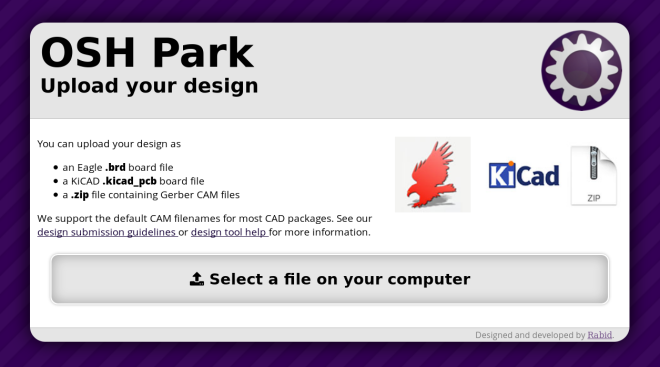
For users who still prefer to generate gerbers, we have good news for you too. We’ve improved our file detection, so there’s no need to rename the files on our behalf. Check out our Kicad docs for more information on generating gerbers if you run into trouble.
We’d also like to extend a word of gratitude to the developers for their continued efforts to improve KiCad. In the last few months, they’ve added too many features to count, including the scripting architecture. A special shoutout to Adam Wolf of Wayne and Layne in particular, for his support of these feautures!
Want to learn Kicad? Checkout Getting to Blinky with Kicad 4.0








